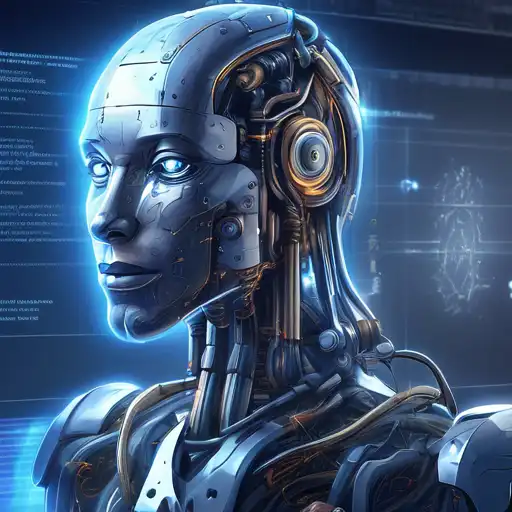Introduction to AI Myths
Artificial Intelligence (AI) is a rapidly evolving field that has captured the imagination of many. However, with its growth, numerous myths and misconceptions have emerged, especially among beginners. This article aims to debunk some of the most common AI myths, providing a clearer understanding of what AI truly is and isn't.
Myth 1: AI Can Think and Feel Like Humans
One of the most pervasive myths is that AI possesses consciousness or emotions similar to humans. In reality, AI operates based on algorithms and data inputs. It can simulate certain aspects of human thought processes but lacks self-awareness or feelings.
Myth 2: AI Will Replace All Human Jobs
While AI is transforming the job market, the idea that it will replace all human jobs is an exaggeration. AI is more likely to automate repetitive tasks, allowing humans to focus on creative and strategic roles. The future of work is about collaboration between humans and AI, not replacement.
Myth 3: AI Is Infallible
AI systems are only as good as the data they're trained on. They can make mistakes, especially if the training data is biased or incomplete. Understanding the limitations of AI is crucial for its effective application.
Myth 4: AI Development Is Only for Tech Giants
Another common misconception is that AI development is exclusively for large tech companies. However, with the availability of open-source tools and platforms, individuals and small businesses can also participate in AI innovation.
How to Approach AI Learning
For beginners interested in AI, starting with foundational knowledge in programming and mathematics is essential. Numerous online resources and communities can help demystify AI and provide practical learning experiences.
Conclusion
AI is a powerful tool with the potential to revolutionize various industries. By debunking these myths, beginners can approach AI with a more informed and realistic perspective, paving the way for meaningful engagement with this transformative technology.
For further reading on AI and its applications, check out our tech articles section.
